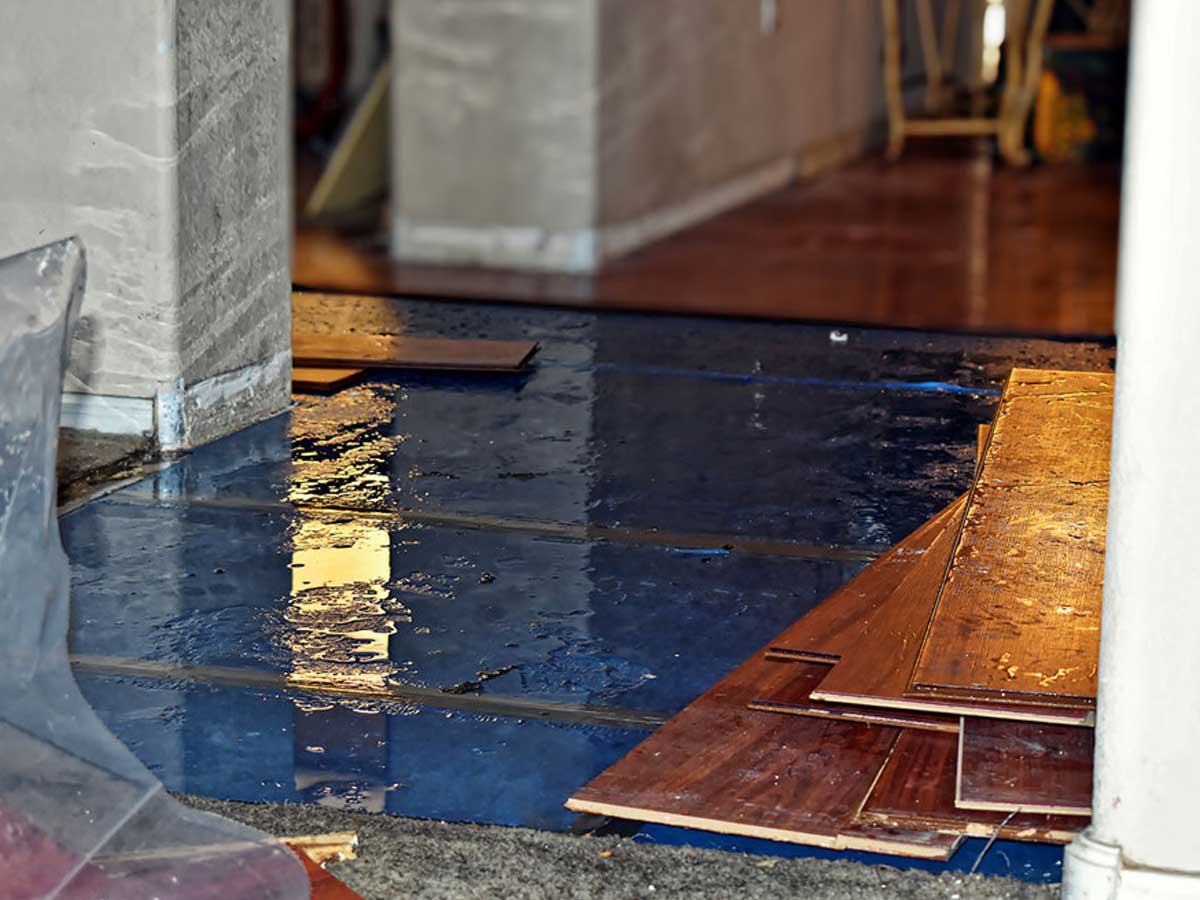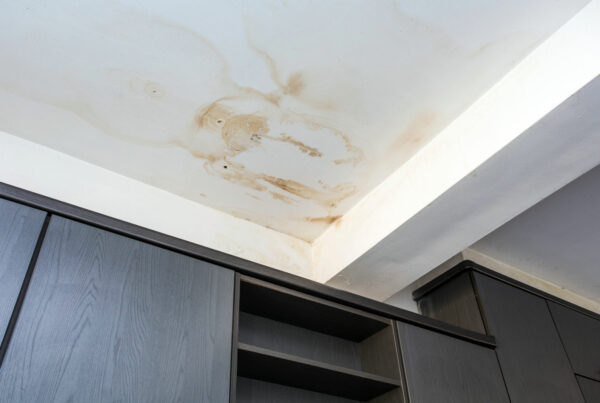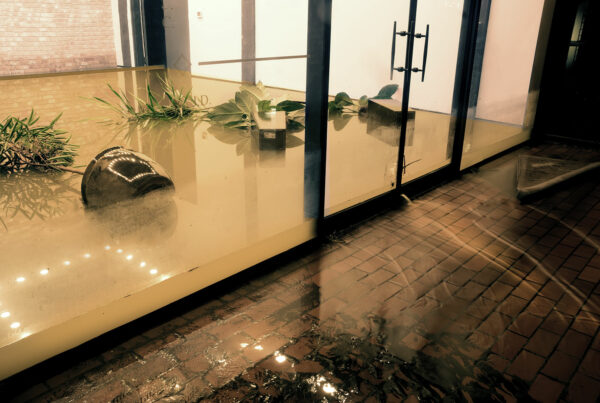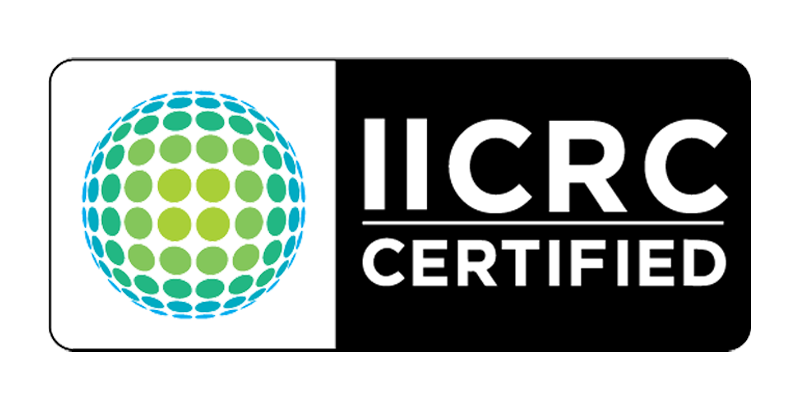Water and fire damage combined can significantly increase restoration and reconstruction costs. Here’s what you should know.
Few things are scarier than seeing your property go up in flames.
Even after the fire department has responded—and everyone is safe and accounted for—-you’re still left to deal with a disastrous mess. The fire is out, but your building is damaged. Soot and smoke choke the walls. Windows are blown out. Possessions and personal property are destroyed.
But that’s not all. The fire department hosed down the property to tamper the blaze, causing significant water damage on top of everything else. Water damage and fire damage are different beasts, but both must be tamed immediately before damages become irreversible.
In this article, we’ll explain how to deal with water damage after fire and what to expect from the restoration process.
Water and Fire Damage: A Dynamic (And Expensive) Duo
Unfortunately, water and fire damage often go hand in hand, especially in large structural blazes that require the swift response of the fire department.
That’s because fire hoses are designed to extinguish a blaze with high power water pressure. While they’re incredibly effective for putting out fires, they can also be harsh and cause severe damage to a building. Compared to sprinkler systems, which immediately extinguish fires as they emerge, blasts from a fire hose are much tougher. Although sprinkler systems are less damaging, any water used to put out a fire can still cause harm to the property.

Water damage can occur in several ways after a fire. Water can seep into walls, floors, and ceilings, causing significant structural damage. It can also destroy furniture, carpets, and other items in the building, leaving them susceptible to mold and mildew growth. In addition, the water used to extinguish the fire can mix with soot and ash to form a sludgy residue that can be difficult to clean up and can cause further damage. Water can also cause further damage to electrical systems and appliances.
Moreover, moisture from water damage can create an ideal environment for mold to thrive, which can cause respiratory issues, allergic reactions, and headaches in some people. Prolonged exposure to mold is a serious health hazard and can cause chronic illness, so it’s essential to call a restoration company right away to take care of water damage after a fire. Mold growth can start within 24-48 hours of water exposure, making it crucial to address water damage promptly.
This is all on top of the degradation caused by the actual fire.
When you’re dealing with fire damage, this can include:
- Structural damage: This is the most common type of damage caused by fire. Fire can weaken and even collapse walls, floors, and roofs, making the building unsafe to inhabit.
- Smoke damage: Smoke from a fire can permeate walls, ceilings, and other surfaces, leaving behind a strong odor and staining. Smoke damage can also damage personal belongings, such as furniture, rugs, and clothing. Left unaddressed, smoke damage can also create health hazards.
- Heat damage: High temperatures from a fire can destroy windows, doors, and other building materials. Heat can also warp and melt plastics, electronics, and other personal belongings.
- Chemical damage: Fires involving chemicals, such as bleach or other hazardous materials, can result in chemical destruction to a property, including discoloration and corrosion of surfaces.
What factors into water damage restoration costs?
The cost of water damage restoration can vary depending on several factors. Here are some of the most common examples
- Extent of damage: The extent of the water damage is a significant factor in determining the cost of restoration. More extensive damage requires more time, resources, and materials to repair, which can increase the cost.
- Structural damage: If the water caused structural damage to the building, it might require more extensive repairs, which can increase restoration costs..
- Timeframe: The longer the water damage goes unaddressed, the more costly the restoration process can be. Quick response time can minimize the damage and lower the overall cost of restoration.
- Equipment and materials: The type of equipment and materials needed to restore the property can impact the cost of restoration. High-end equipment and materials used by professional restoration services may be more expensive, but can lead to highly effective and efficient repair.
- Location: The location of the property can also impact the cost of restoration. Labor and material costs can vary depending on the region, and local regulations and building codes may also affect the restoration process.
Water Damage After Fire: What To Do
If you discover water damage after a fire, it’s important to take action as soon as possible to prevent further degradation and ensure that the property is safe to reenter.
Here are some steps to take if your property incurred water damage after a fire:
- 1. Contact a restoration company: The first step is to contact a professional company with experience in fire and water damage. Cavalry has extensive experience in restoring losses incurred by both water and fire. We are experts in water removal, professional drying processes, debris removal, smoke cleanup, and structural cleaning and repairs after fires.Our phone line is open 24/7 for emergencies, and we will assess the damage, provide an estimate for the cost of restoration, and begin the cleanup process as quickly as possible.
- 2. Document the damage: It’s important to document the water damage by taking photos or videos. This can help explain the damages you sustained to make the restoration necessary.
- 3. Remove standing water: Standing water should be removed as soon as possible to prevent further damage and mold growth. Cavalry will use pumps and vacuums to remove water from the property.
- 4. Dry out the property: Once the standing water is removed, the property should be dried out using dehumidifiers, air movers, and other equipment to prevent mold growth.
- 5. Remove damaged materials: Any damaged materials, such as drywall, carpeting, or insulation, should be removed and disposed of to prevent mold growth.
- 6. Address smoke and soot damage: We use professional smoke and soot damage remediation methods to prevent further damage and staining.
- 7. Restore the property: Once the property is dry and all damaged materials have been removed, our team can begin the process of restoring the property to its pre-damage condition.
Cavalry Is Here For Your Fire and Water Damage Repair Needs
Experiencing a loss from both fire and water damage is always challenging. At Cavalry, we’ve made it our mandate to take the load off your shoulders and do the heavy lifting for you. Our experienced, professional, and dedicated technicians will ensure your property is safe and returned to its pre-loss conditions as effectively and thoroughly as possible.
Cavalry proudly serves communities all over Texas, including the Dallas/Fort Worth, Austin, San Antonio, and Houston areas. As a trusted leader in the restoration business since 1989, we know what it takes to restore and reconstruct damaged property, regardless of the situation. We specialize in the insurance mitigation and restoration of multi-family, commercial and residential, industrial, and religious facility losses due to fire, water, hail, tornado, hurricane, vehicle, or any other peril causing property damage.
Get in touch if you have questions about fire damage restoration, water damage restoration, or other reconstruction services. You can reach us 24/7 at 888-601-3473.





